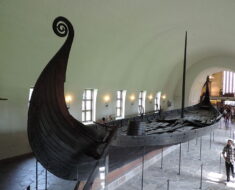Three million shipwrecks are still lay on the seabed and yet to be found according to UNESCO. It is a rare man today who can legitimately describe his profession as “explorer.”
It is an even rarer man still who can lay claim to historic discoveries like that of the Titanic, the vessel that sank during its maiden voyage in 1912.
Dr. Robert Ballard is just such a man, and he did indeed find the ill-fated luxury liner, off the coast of Newfoundland in 1985.
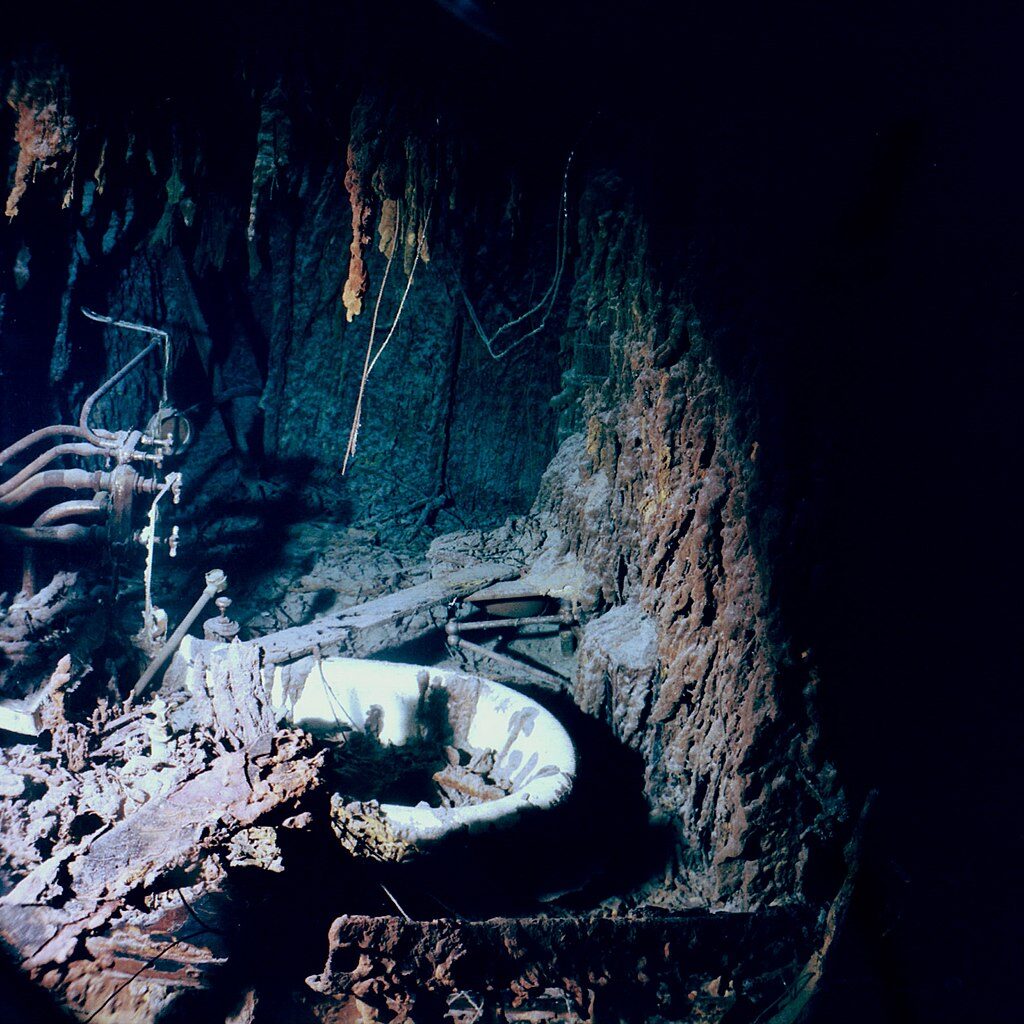
His exploits read like the resume of someone who has dedicated his working life to excitement, a sea going investigator who undertook his 158th expedition this year and shows no sign of slowing down.
Though some one say he is in his senior years, he is at the fore of a new technologically advanced underwater vehicle.

This new technology will make his adventures even more compelling, because greater depths of the world’s oceans will be more accessible.
As a young boy, Ballard was inspired by the novel “20,000 Leagues Under The Sea,” by Jules Verne. He decided at an early age that he would follow in the footsteps of another pioneering ocean explorer, Jacques Cousteau, and eventually began operating his own underwater sea exploration vehicle, Nautilus. (His adventures can be watched on his YouTube channel.
Bismarck
Over the years, Ballard was on expeditions that found many famous targets, including the German battleship Bismarck, and dozens of other vessels.
Now, he explains, the new invention his group has designed can operate without being tethered to the lead boat.
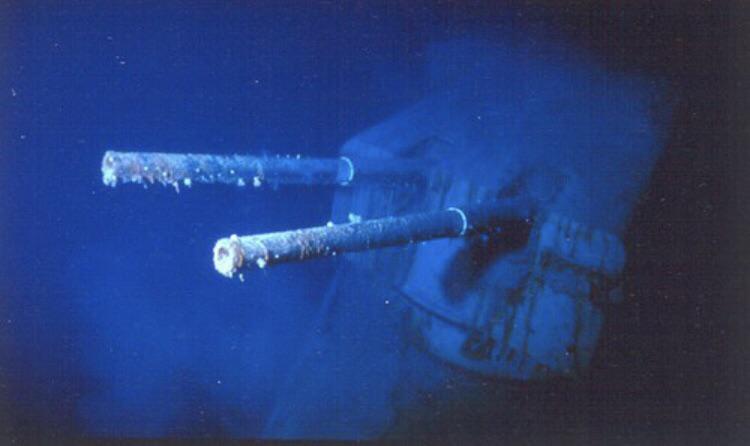
Three million
It can go into the ocean independent of another ship, locate its target, and go to the murkiest, least hospitable depths imaginable for days on end. It might be wartime shipwrecks that the vehicle locates, or a passenger ship. According to Unesco, there are approximately three million sunken ships around the world, just laying on the oceans’ floors, waiting to be discovered.
Finding these sunken treasures is a dream that will soon be realized for marine archaeologists across the globe.
Ballard’s pioneering technology, which essentially created a submersible robot that can operate on its own, will give folks in his profession the ability to stay on land, if they wish, and send the vehicle out to the sea alone.
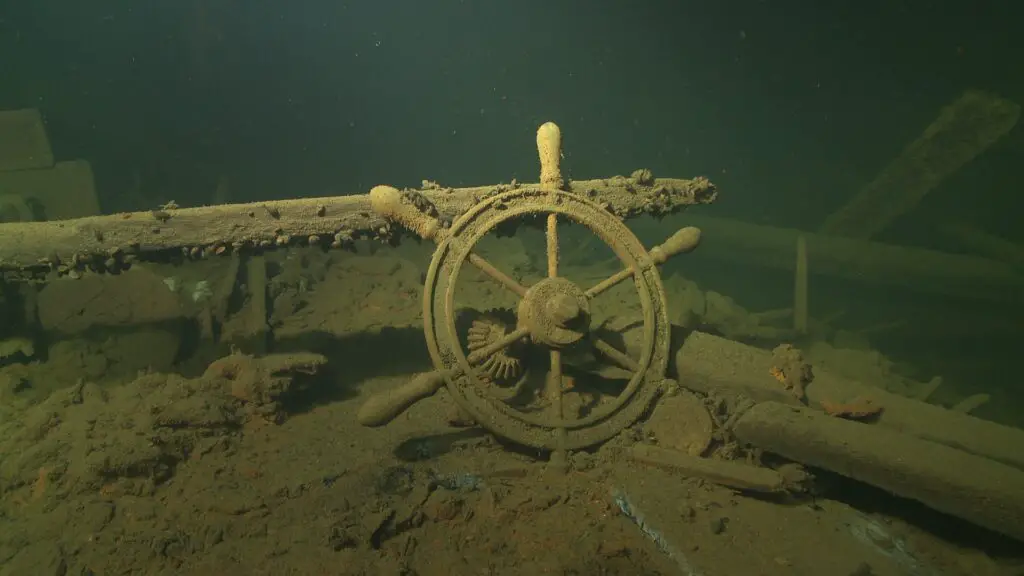
But Ballard isn’t interested in sitting on the sidelines while the vehicle does all the work — “I go to get away,” he recently told The Guardian.
Decades of discovering ships has not dimmed Ballard’s enthusiasm, and he plans to keep going even though the new vehicle will make his work considerably faster, and easier.
Submersible
When asked whether he would have found the Titanic sooner if this technology was available to him in the 1980s, he offers an enthusiastic “Oh God, yes!”
Ballard added that another advantage of this submersible is how rapidly it can go to extreme depths.
“You can’t instantly get to the deep end as a diver,” Ballard said. “Terminal speed is reached at about 100 meters per minute. To get to the Titanic, it took me 2 and a half hours to descend 4,000 meters. With these vehicles, it would have taken just over an hour. “
Deep
Divers, of course, must take their time going down, and coming back up, in order to adjust to the freezing temperatures and become acclimatized to breathing through oxygen tanks and being careful of the life threating condition the bends.
Furthermore, the robotic vessels can stay down in the deep, cold waters for several days, a feat that no diver can achieve.

Although Ballard has no intention of staying ashore, he has stayed home long enough to collect his tales of seafaring exploits into a memoir, entitled “Into The Deep.” Co-authored with Christopher Drew and published in May 2021, the book is available online at Amazon.
“I was a Cub Scout, Boy Scout and Explorer Scout and I was always taught to tell the truth, and I must say, it sort of waited on me for so many years that I couldn’t tell the full truth [about the Titanic expedition], and so this book has given me the opportunity to clear my conscience,” Ballard tells The Times.
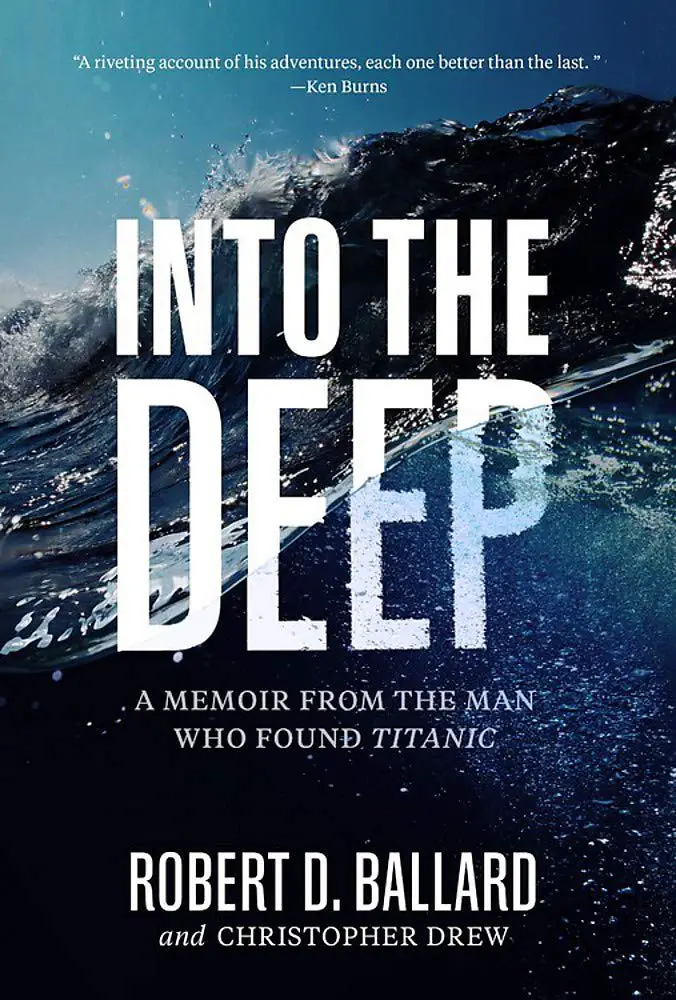
As technology advances further and further, the need for adventurers like Ballard to head out to the deepest depths of the ocean floor may lessen.
If you like this article, then please follow us on Facebook, Instagram
Another Article From Us: Bf 109 Recovered from Lake in the 80s: Restoration Startup
But somehow, it seems certain, that won’t stop this almost-octogenarian marine archaeologist from doing what he loves most – going on board the Nautilus and heading out to recover a lost ship that, like Ballard himself, still has many tales to tell.



